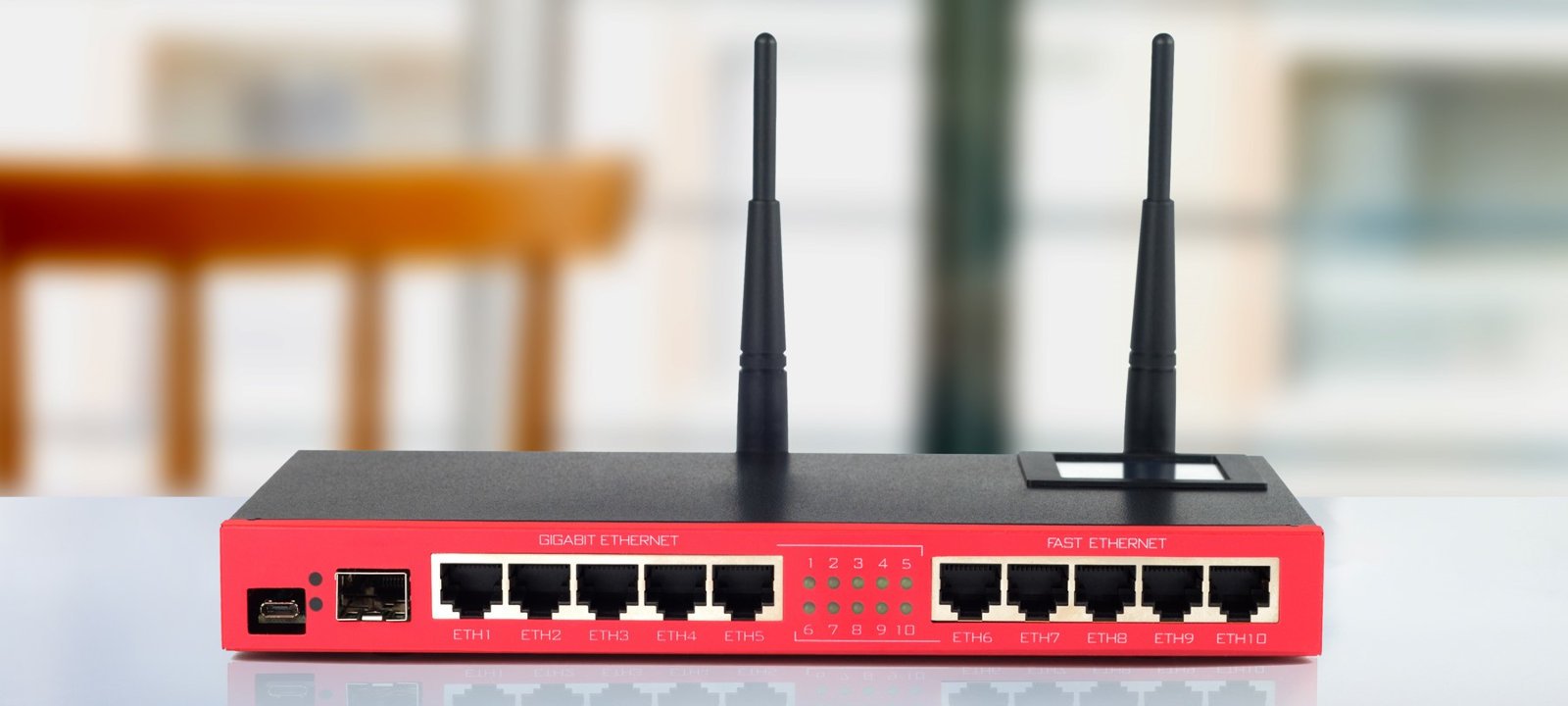
Today, I will explain how to hack the CTF virtual machine available on Hack The Box training grounds. For the purposes of this article, the abbreviation “CTF” refers to Compressed Token Format, not Capture the Flag. This VM is vulnerable to various types of LDAP injections, while its authentication mechanism is based on stoken, a generator of one-time passwords. In addition, the target machine uses a loose Bash script, and I will exploit it to fool the 7z archiver and gain root access.





